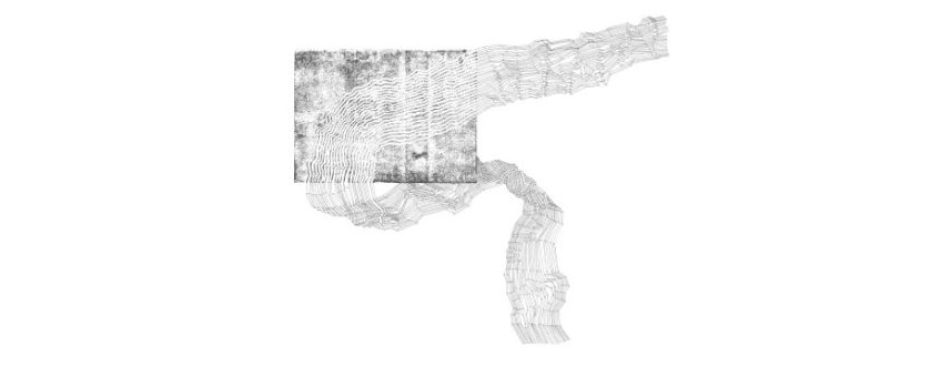This week I carried out summative reviews with my students, for this I am required to give both verbal and written feedback. The latter is a form which I write notes on during the review, then give to them afterwards. However by being required to reflect, speak and write simultaneously my notes are not always written clearly (both visually and grammatically) and therefore may be difficult for students to understand.
I propose simply to change the feedback format from physical to digital. This would have a number of advantages:
- It would enable me to write faster and copy universal feedback from other students therefore spending more time engaging with the student’s presentation.
- The resulting text will be clear and readable helping students with neurodivergence such as dyslexia.
- I will be able to include links to references making them easy to find for students.
- Prior to sending out feedback it would be easily editable.
- I could pass on the feedback in a way which makes it easy for students to find and hard to lose.
- Students with English as a second language (L2) will be able to easily copy and translate the text if necessary.
Using the Universal Design for Learning Guidelines I will explore methodologies of representation for the feedback to enable ease of access to all students. This could result in the creation of one or a number of alternative Feedback Forms to respond to different student requirements.
Key references:
Davies, M. (2022) ‘The White Spaces of Dyslexic Difference: An Intersectional Analysis’, in S. Broadhead (ed.) Access and Widening Participation in Arts Higher Education: Practice and Research. Cham: Springer International Publishing, pp. 143–158. Available at: https://doi.org/10.1007/978-3-030-97450-3_7.
Nicol, D.J. and Macfarlane‐Dick, D. (2006) ‘Formative assessment and self‐regulated learning: a model and seven principles of good feedback practice’, Studies in Higher Education, 31(2), pp. 199–218. Available at: https://doi.org/10.1080/03075070600572090.
Noel, L.-A. and Paiva, M. (2021) ‘Learning to Recognize Exclusion’.
UDL: The UDL Guidelines (2018). Available at: https://udlguidelines.cast.org/ (Accessed: 24 May 2024).
